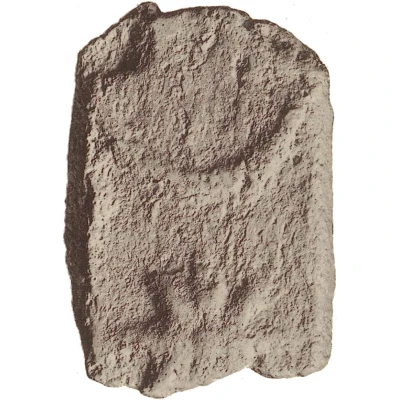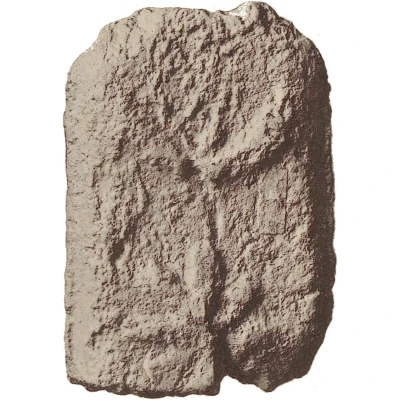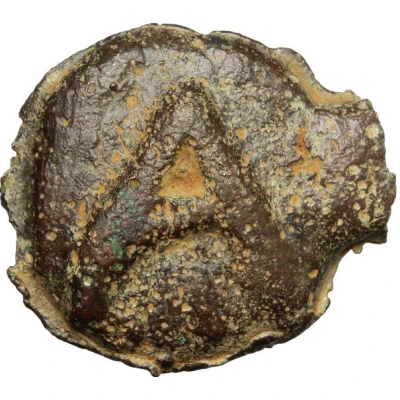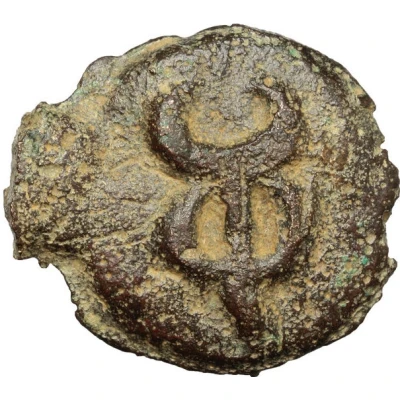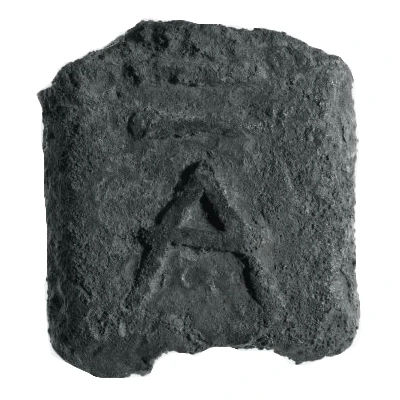
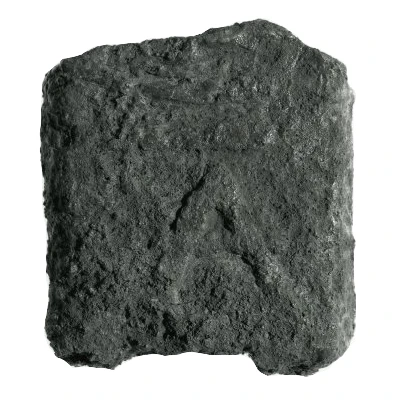

© British Museum
Currency bar Letter 280 BC - 260 BC
| Bronze | - | - |
| Issuer | Tarquinii (Etruria) |
|---|---|
| Type | Standard circulation coin |
| Years | 280 BC - 260 BC |
| Currency | Currency bar (circa 280-260 BC) |
| Composition | Bronze |
| Size | 56 mm |
| Shape | Rectangular (irregular) |
| Technique | Cast |
| Demonetized | Yes |
| Updated | 2024-10-09 |
| Numista | N#179835 |
|---|---|
| Rarity index | 100% |
Reverse
Letter with three horizontal lines above.
Lettering: A
Edge
Plain
Comment
Currency bars were used to weigh bronze transactions, rather than count them. As such, currency bars could be cut to the proper weight to pay for something. With that being said, the weight and length of these pieces will vary greatly. Reported weights for this type are from 201-601 grams.The 56 millimetres is the reported width of the examle in the British Museum, museum number 1874,0714.108.
Interesting fact
One interesting fact about this coin is that it features an early example of a written language, with the inscription "TARKVNIA" on the reverse side, which represents the Etruscan language. This language was used by the Etruscan civilization that flourished in central Italy, particularly in what is now Tuscany and Umbria, from the 8th to the 1st centuries BC. The Etruscan language is known for its unique alphabet and has been a subject of interest and research among scholars for centuries.
